We thought we’d start off a very autumnal month like November with an in-depth look at an author read country-wide… oftentimes in the fall school semester for required High School reading! Stephen Crane, the author of The Red Badge of Courage, continues to captivate readers of all ages, all over the country. Published in 1895, this novel doesn’t only have an engrossing (according to my sophomore year lit teacher) narrative, but it truly is an in-depth exploration of human nature, war… and an “American” experience. On this here his birthday, let’s remember what Crane did for American literature!
Before we dive into the The Red Badge of Courage, we should understand the literary movements of the time that helped shape Crane’s writing into what we see today. The late 19th century, when Crane was writing, witnessed both movements of Realism and Naturalism. Both literary trends sought to show life as it truly was… sans the idealization or romanticism of previous movements.
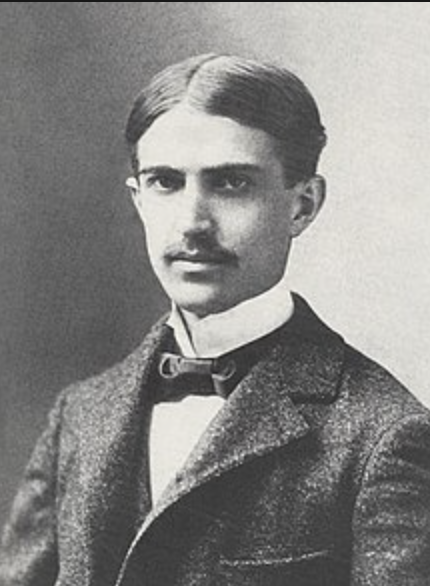
*
Crane’s The Red Badge of Courage uses realism and naturalism to show the raw, gritty reality of war. Through the eyes of Henry Fleming, a young soldier who dreams of glory but is suddenly faced with fear and confusion on the battlefield, Crane paints a pretty vivid picture of the uncertainty, fear and coldness of battle. Crane’s (almost ridiculous – oh, I’m sorry…. meticulous) attention to detail, his extremely vivid descriptions of battle, and his description of the emotional turmoil experienced by the protagonist Henry all contribute to the novel’s realism. For Crane, sugar-coating was simply not allowed!
One of the most striking characteristics of The Red Badge of Courage is Crane’s focus on the inner struggles of its protagonist. Crane goes deep into Henry Fleming’s psyche, offering readers a pretty remarkable ‘character study’. The novel watches the evolution of Henry, as he confronts fear, cowardice, and a desire for forgiveness. We get to see his journey from a self-doubting youth to a more adult, self-assured and introspective individual. During his transition, American high school students all around the country get a more comprehensive understanding of human nature.
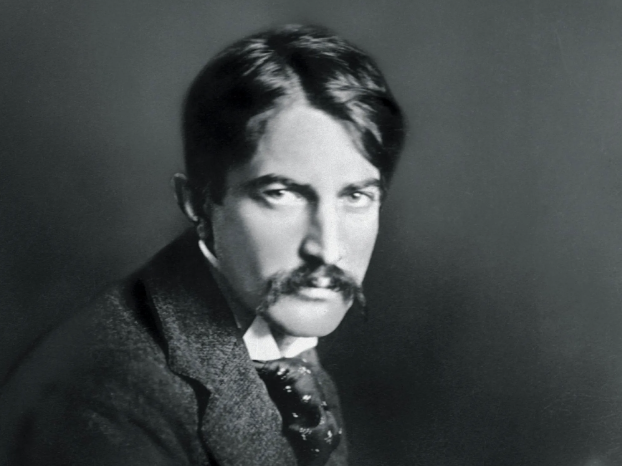
*
In the world of American literature, Stephen Crane’s The Red Badge of Courage is considered a masterpiece of realism. Its enduring appeal lies in its (almost) too-descriptive depiction of the psychological and emotional struggles of a young Civil War soldier. Crane’s understanding of an “American experience”, coupled with his decided portrayal of war’s (extremely) harsh realities, truly fixed the novel’s place as an American classic.


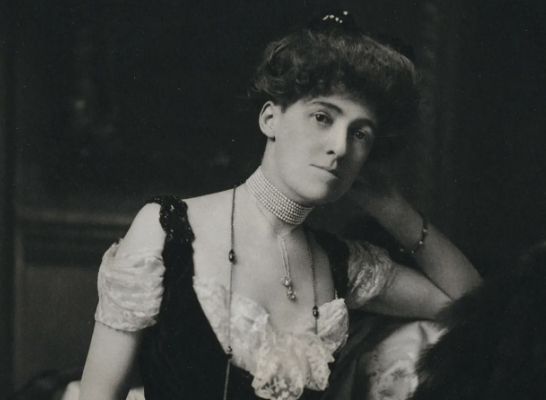
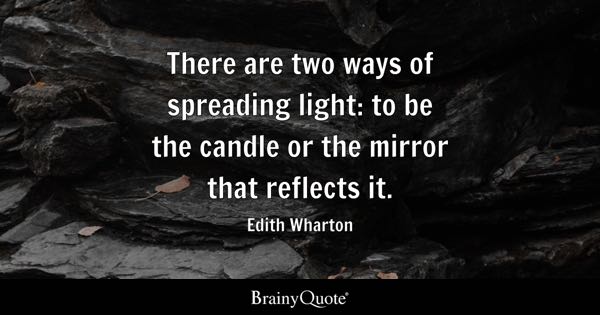


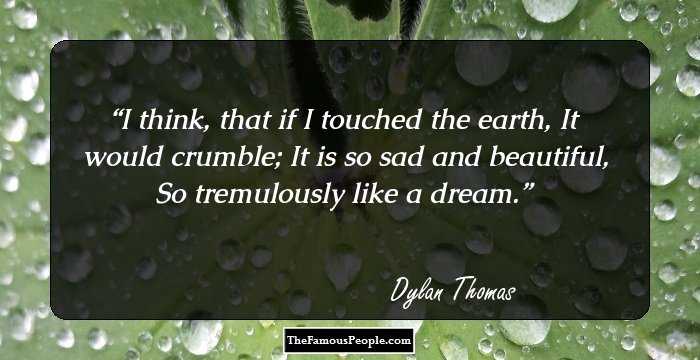
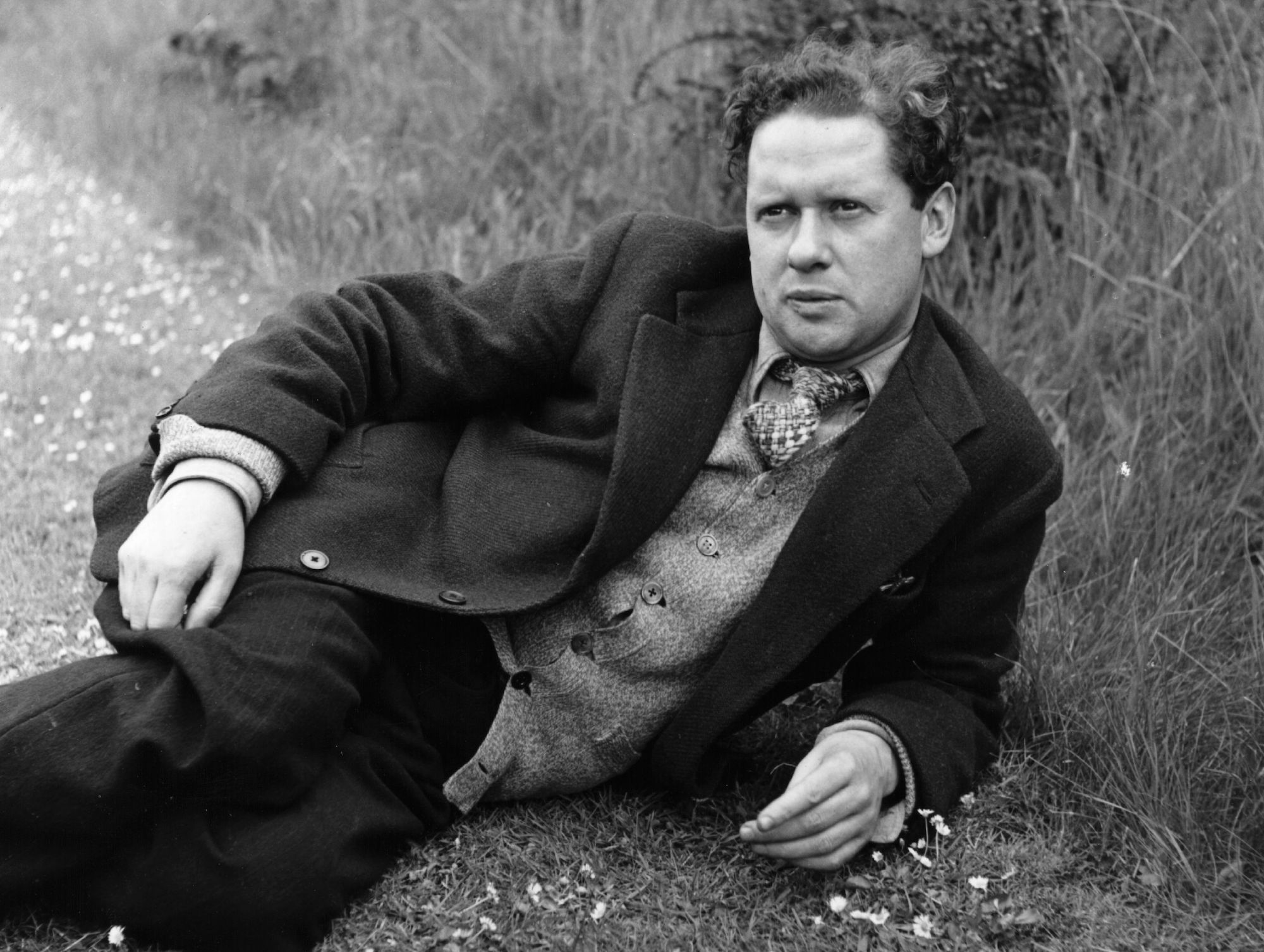
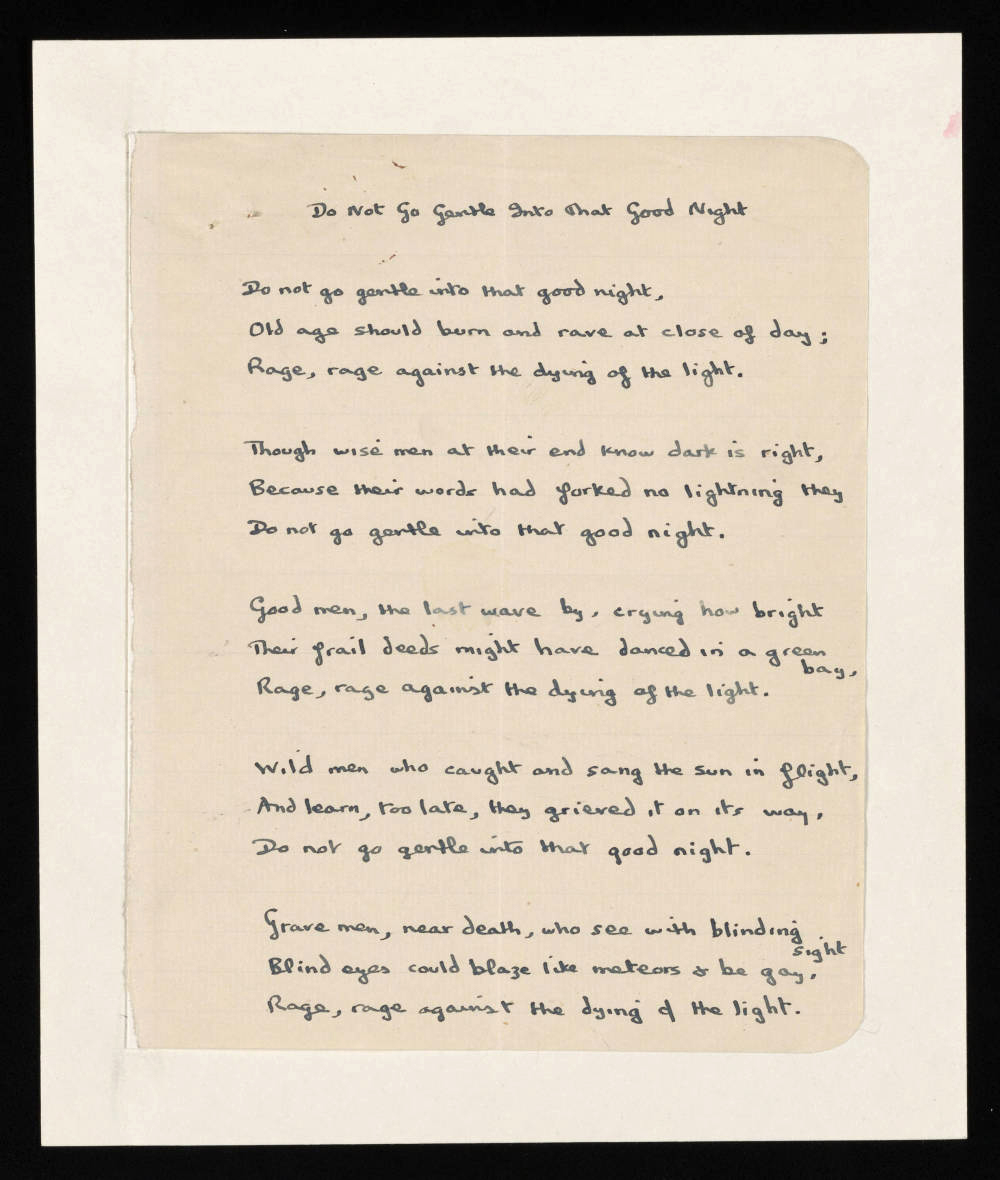
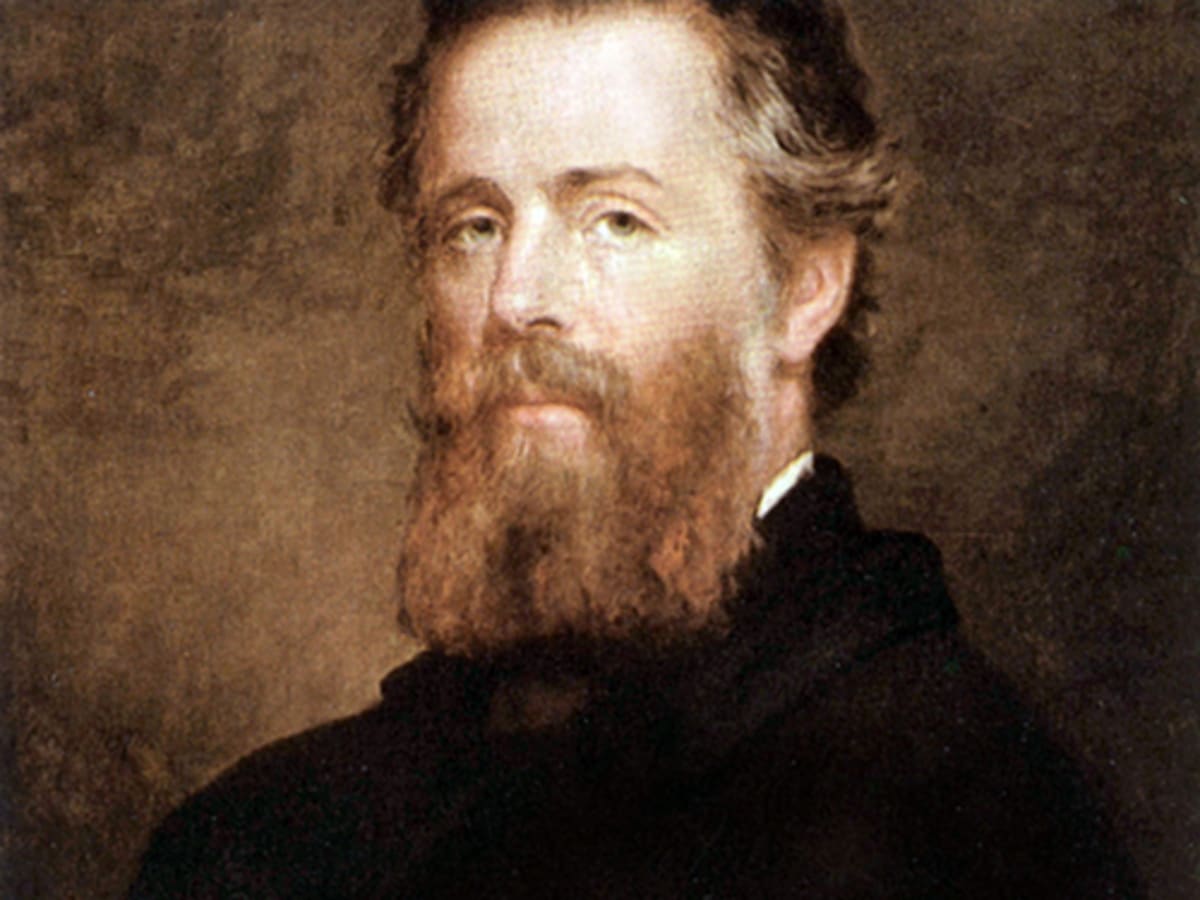
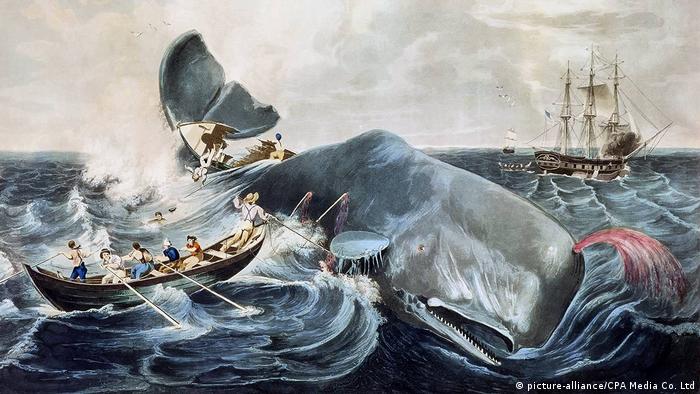
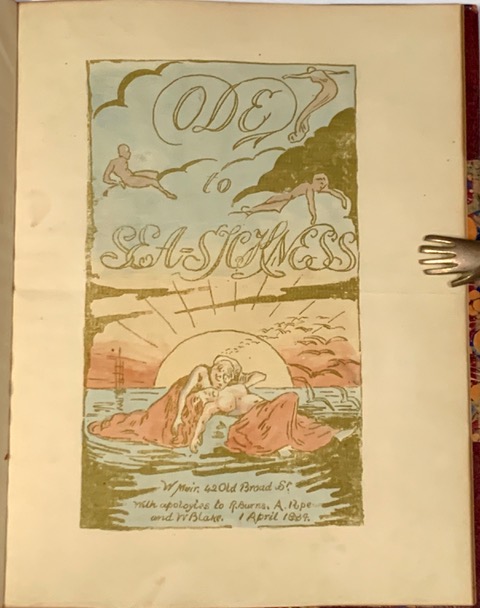

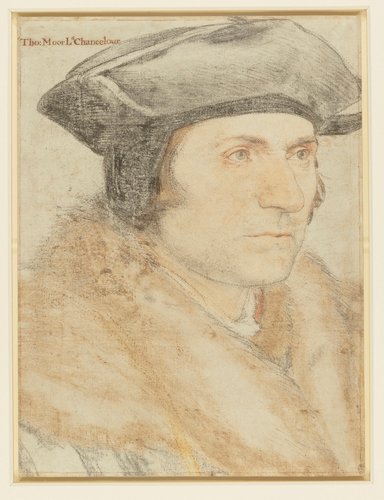
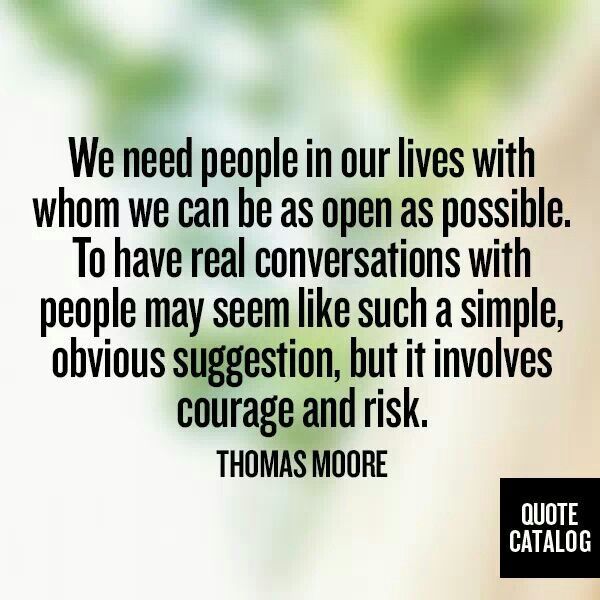
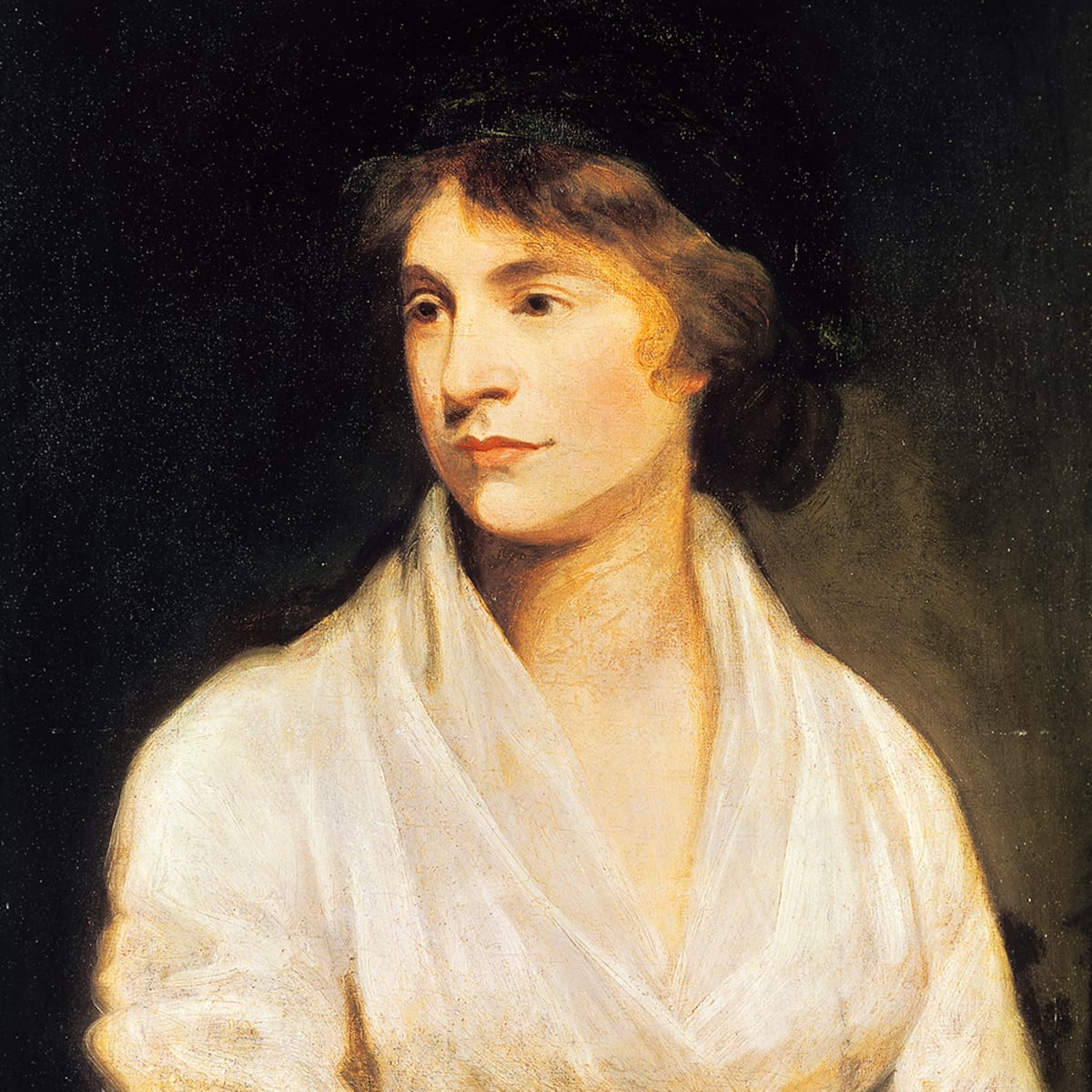
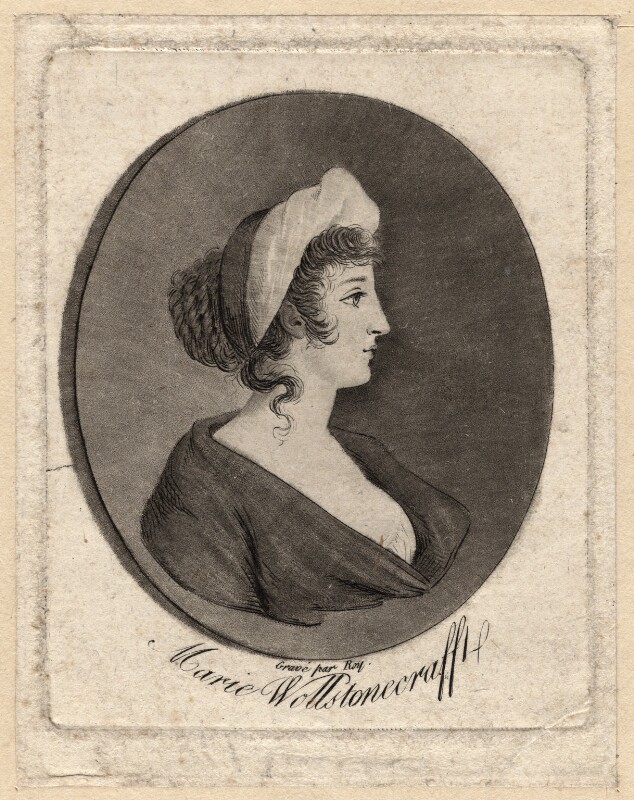 During her time in France, Mary witnessed the execution of King Louis XIV, even saw some of her friends executed when the Jacobins took power, was refused her requests to leave the country, and lived with American adventurer Gilbert Imlay, with whom she had a passionate affair. (“Which of these things is not like the other?”, you may as well ask!) Though all of her experiences greatly influenced her thoughts and views of humanity, she decided to put her individuality and power to the test by living unmarried with a man, and bearing a child by him, named Fanny after her dearest deceased friend. Wollstonecraft and Imlay remained together long enough to do a bit of traveling, and for Mary to publish two other works – An Historical and Moral View of the Origin and Progress of the French Revolution, and a introspective and personal travelogue, Letters Written During a Short Residence in Sweden, Norway and Denmark. After Imlay left her, Wollstonecraft returned to England to pursue him, and after bouts of suicidal tendencies and depression fell back into Joseph Johnson’s literary circle. Eventually, Mary began striking up a friendship, and then a passionate love affair with William Godwin. Of her work (her travel Letters, in particular) Godwin wrote, “If ever there was a book calculated to make a man in love with its author, this appears to me to be the book. She speaks of her sorrows, in a way that fills us with melancholy, and dissolves us in tenderness, at the same time that she displays a genius which commands all our admiration.” Despite not being proponents of marriage in general, the two wed shortly before Wollstonecraft’s second child was born – her daughter Mary, who would later go on to write Frankenstein as Mary Shelley (to read our blog on the second brilliant female mind in the family, click
During her time in France, Mary witnessed the execution of King Louis XIV, even saw some of her friends executed when the Jacobins took power, was refused her requests to leave the country, and lived with American adventurer Gilbert Imlay, with whom she had a passionate affair. (“Which of these things is not like the other?”, you may as well ask!) Though all of her experiences greatly influenced her thoughts and views of humanity, she decided to put her individuality and power to the test by living unmarried with a man, and bearing a child by him, named Fanny after her dearest deceased friend. Wollstonecraft and Imlay remained together long enough to do a bit of traveling, and for Mary to publish two other works – An Historical and Moral View of the Origin and Progress of the French Revolution, and a introspective and personal travelogue, Letters Written During a Short Residence in Sweden, Norway and Denmark. After Imlay left her, Wollstonecraft returned to England to pursue him, and after bouts of suicidal tendencies and depression fell back into Joseph Johnson’s literary circle. Eventually, Mary began striking up a friendship, and then a passionate love affair with William Godwin. Of her work (her travel Letters, in particular) Godwin wrote, “If ever there was a book calculated to make a man in love with its author, this appears to me to be the book. She speaks of her sorrows, in a way that fills us with melancholy, and dissolves us in tenderness, at the same time that she displays a genius which commands all our admiration.” Despite not being proponents of marriage in general, the two wed shortly before Wollstonecraft’s second child was born – her daughter Mary, who would later go on to write Frankenstein as Mary Shelley (to read our blog on the second brilliant female mind in the family, click 